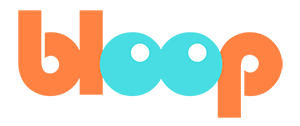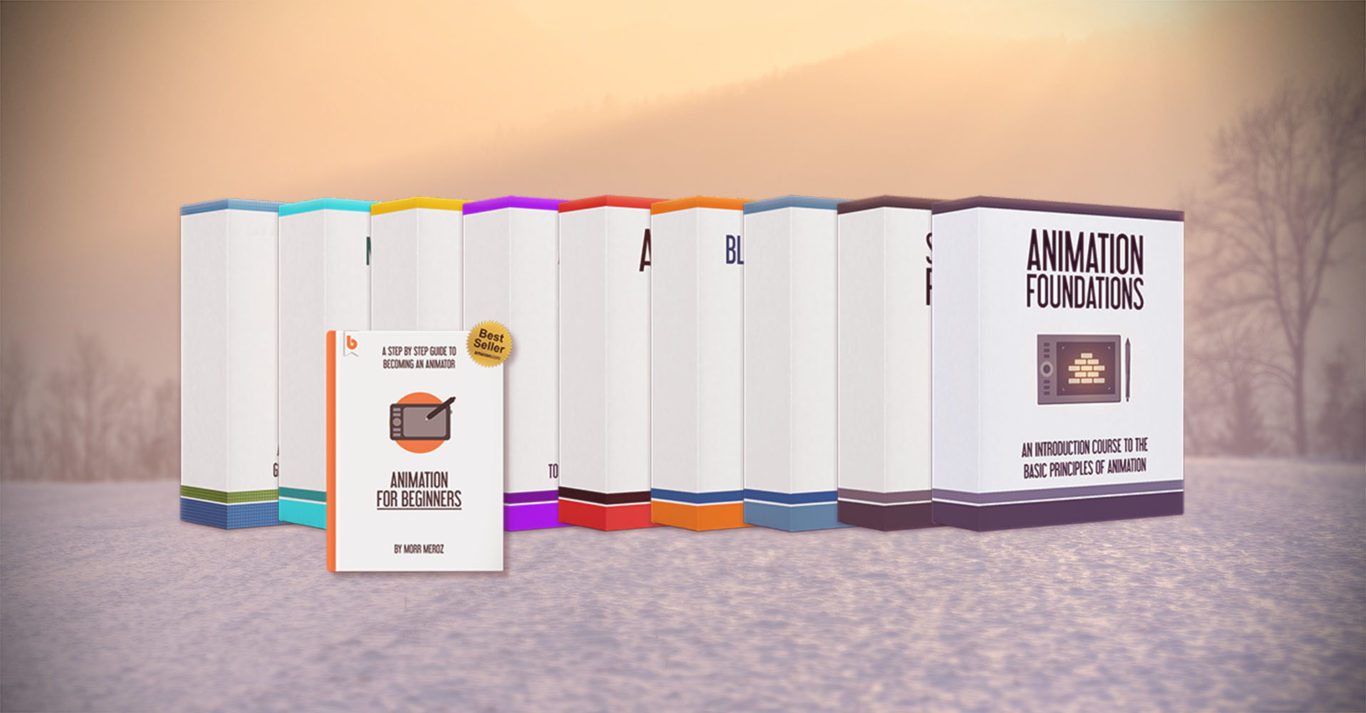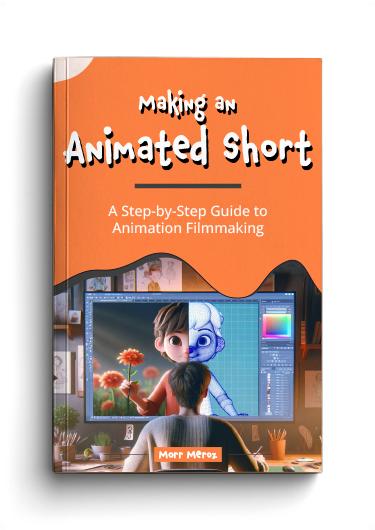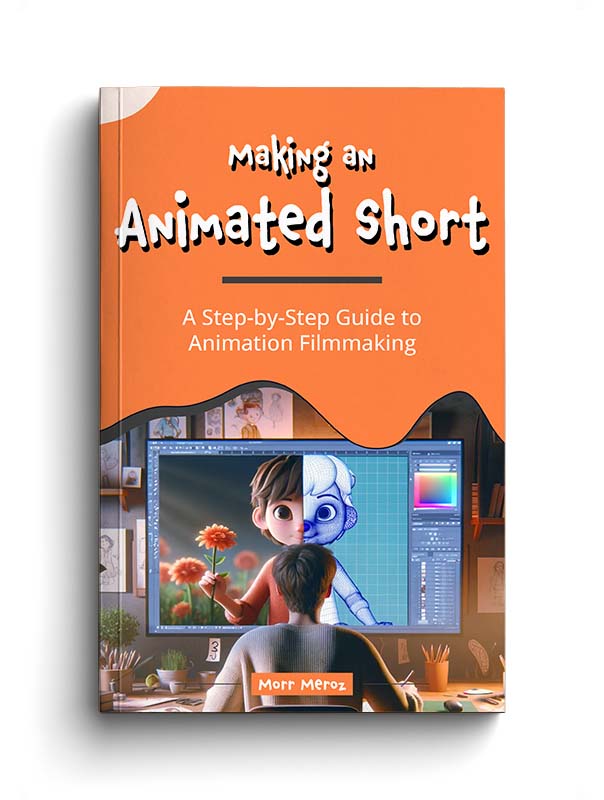As our courses library continues to expand I’ve been getting a lot of emails from people asking me which course they should get, based on their own needs.
In this post I’ll address some common situations and try to answer which course is right for you. I will also write a little about each of our courses to help you decide for yourself.
Who are you?
I’m a total beginner. I’ve never animated anything in my life but I always wanted to try it out.
First, no matter which software you decide to go with, I would highly recommend getting the Animation Foundations course to make sure you learn the basic principles of character animation. Without understanding the basics you will have a difficult time making great looking animations.
If you’re planning on making your own film, then I will also recommend our Storyboarding Foundations course, which not only teaches the basics of storyboarding art, but also covers the best software to make those boards. It’s a must-watch for aspiring filmmakers.
To finish it off we recommend our course Making an Animated Movie. The course covers the entire process of making an animated short film from start to finish. It’s a great intro to animation filmmaking, and it comes bundled with any course you buy.
After understanding the basics, it’s time to decide which software is for you.
Can you draw?
Yes: If you have decent drawing skills, the best place to start for beginners is Animate CC (formerly known as Flash), as it is relatively cheap and easy to learn, especially if you’ve used other Adobe programs in the past. Animate CC can produce very impressive high-quality 2D hand drawn animations, as well as simplistic easy-to-make animations. It is very popular among YouTubers.
No: If you’re not into drawing, my recommendation for you will be either After Effects, Character Animator, or Blender.
After Effects is great because you can create the characters only one time (or even use purchased illustrations if you don’t wanna do it yourself) and manipulate them in the program, sort of like a 2D puppet. Our After Effects course teaches exactly that, and is great if drawing isn’t your strong suit.
Adobe’s Character Animator is great because it doesn’t require any animation skills. You use a webcam and a microphone to drive the character’s performance. Like motion capture but MUCH simpler. It’s a great option for people who never animated before.
Blender is a great option because it’s free, and while it is still a fully-fledged 3D animation program, it’s not as intimidating as Maya. The fact that it’s free makes it a low-risk option for beginners who are just testing the water, and our Blender course teaches you how to get a 3D rig and bring it into the program so you can have your first experience animating in 3D even if it’s your first time.
I’ve done some animation in the past and I wanna push it further.
So if you have some experience with animation, we have courses that teach the most advanced animation programs in the world. For both 2D and 3D. These courses are great for beginners as well (we teach all the basics), but the programs covered are pretty robust.
2D: For 2D we have 2 great options for taking your animation to the highest level.
The first one is Toon Boom Harmony. It’s an incredibly robust professional-level animation software, and can do pretty much anything in the realm of 2D animation. From stick figures to Disney-level results.
The program allows for hand drawn frame-by-frame animation, as well as a complex rigging system which is great for reusing pre-made assets without the need to redraw every frame. This is very common in animated TV shows.
The second option is TVPaint, which is a high-end professional animation software, focused on traditional hand-drawn animation style, like old-school Disney or Studio Ghibli.
This is great option if you plan on focusing on hand drawn frame-by-frame animation in your project, and you want the best solution for that pipeline.
3D: For 3D we recommend either Blender or Maya, with Maya being the more advanced option.
Maya is the program I’ve been working for years. Both in the commercial world and for my own films. It is the industry standard for 3D animation, so if you’re planning on getting into the animation industry, this is your best option.
I’m a professional animator and am looking to expand my skills.
If you already have plenty of animation experience, then my suggestion for you is to try one of the programs you haven’t used. It’ll be relatively easy for you to switch from one to another (for example, if you’re used to Maya, our Blender course will be pretty easy for you and you’ll be able to master that program in no time).
Also, it never hurts to expand some other skills, and our Storyboarding Foundations course might help you improve your storytelling skills, which are extremely important for the animation filmmaker.
You also might be interested in our course Making an Animated Movie, which covers all the different steps I took when making my latest animated short film Tasteful. Some of the steps might be trivial to you, but you might find some inspiration in seeing the filmmaking process unfolds throughout the course.
Want to make a graphic novel?
Last but not least is out Making a Graphic Novel course. It didn’t really fit in any category, because it is aimed at anyone who’s interested in telling their story through the graphic novel medium, regardless of their animation experience.
This course will help you take that first steps to making your graphic novel a reality. Self publishing a book of any kind is a complicated process, and a graphic novel is no different. This course will lay out all the different steps from idea to print.
You will not find a more in-depth course on creating graphic novels and comic books anywhere else.
Questions?
If you’re still not sure which course is for you, you can always shoot me an email and let me know your thoughts or concerns.
Making an Animated Short (FREE ebook)
A free ebook covering the process of making an animated short film from start to finish.



